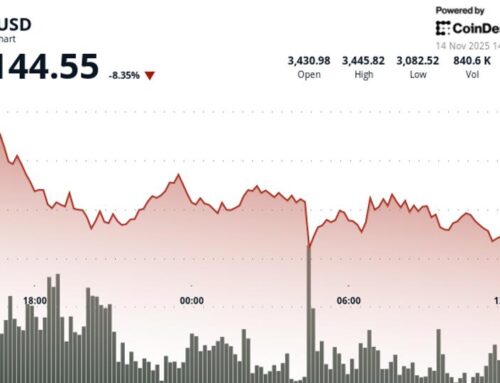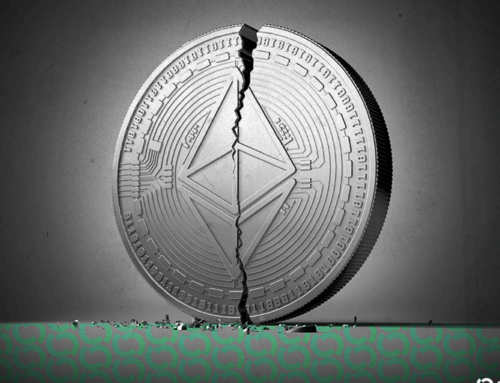Can Private Investment Unlock a New Nuclear Energy Era?
October 4, 2025
As several governments aim to battle climate change by shifting away from fossil fuels and pursuing a green transition, many are revisiting a long-overlooked energy source – nuclear power. Nuclear power was at the top of many countries’ energy agenda for several decades before a few notable nuclear disasters shifted the public perception of the clean energy source, and several governments halted development for years. Now, as studies show that nuclear power is one of the safest forms of energy, so long as strict oversight mechanisms are in place, we are seeing a revival in the clean energy source. However, one of the major constraints to development is the high cost of project development.
Nuclear power plants are relatively cheap to run, but the cost of developing a new plant and reactor is extremely high, costing several billion dollars to set up. Many governments are funding the development of nuclear energy facilities through public-private partnerships to alleviate the financial burden on the state. In addition, private investors are often more willing to fund nuclear projects that have the political and financial backing of the government as a reassurance.
Over the last year, several tech companies have signed agreements with nuclear companies to gain access to a vast amount of nuclear power once projects come online, as they aim to find a cleaner way to power advanced technologies, such as data centres and artificial intelligence (AI). The widescale deployment of these technologies is expected to drive up the world’s energy demand significantly over the coming decades, and governments are increasingly shifting the burden to tech companies to find clean energy sources to power their operations instead of relying on the existing grid.
In September, representatives from some of the world’s biggest uranium and nuclear energy firms, as well as nuclear experts and investors, met for the annual World Nuclear Association (WNA) symposium to discuss the potential for nuclear investments, with investments in the nuclear value chain expected to increase to $2.2 trillion by 2050 from $1.5 trillion in 2024, according to Morgan Stanley.
Many investors are hesitant to invest in nuclear power due to the uncertainties involved in project development. The construction of new nuclear plants and reactors is extremely complex, and projects can often run over budget and take years longer than anticipated to develop, as seen with EDF’s Sizewell C nuclear power plant in the U.K. The cost of developing Sizewell C has almost doubled to $51.9 billion since it was first proposed, which will result in higher bills for consumers. This is largely due to the lack of nuclear power construction in recent decades, which has driven up the costs of new project development, compared to countries such as China, where projects are generally delivered on time and within budget.
Related: Forget OPEC Warnings the Real Oil Shock Is Happening Inside Russia
One investor, Arfa Karani, emphasised the change in the nuclear power investment environment in recent years. She explained how the U.K. government has adopted a more hands-on approach to supporting nuclear power and related tech startups in securing investors. “The regulation has to figure itself out. It’s no longer a question of where do we get the capital from? …because now suddenly it’s become a matter of national security and global power and global dominance,” Karani said. “All the insolvable problems suddenly become solvable, which is very exciting for nuclear,” she added.
The International Energy Agency’s (IEA) 2025 publication “The Path to a New Era for Nuclear Energy” explores the new policies, projects, investments, and technological advances driving the development of new nuclear power. The report shows that, in a rapid growth scenario, annual investment would need to double to $120 billion by 2030. This means that the rollout of new nuclear projects cannot rely exclusively on public finances. The IEA highlights the importance of bringing down financing costs and attracting private capital to the nuclear power sector.
Related: Russia to Import Gasoline from Asia as Drone Hits Cripple Refineries
The IEA’s Executive Director Fatih Birol stressed that “governments and industry must still overcome some significant hurdles on the path to a new era for nuclear energy, starting with delivering new projects on time and on budget – but also in terms of financing and supply chains.”
The IEA also suggests that the introduction of small modular reactors (SMRs) could help reduce costs and that with the right support, SMR installations could reach 80 GW by 2040, accounting for 10 percent of overall nuclear capacity globally. However, the report states that the success of the technology and speed of adoption will hinge on the industry’s ability to bring down costs by 2040 to a similar level to those of large-scale hydropower and offshore wind projects.
With support from several state governments, we can expect to see a wide-scale rollout of nuclear power capacity in the coming decades. However, the extent of the capacity growth will depend largely on how much private funding governments can attract to the nuclear power market through the introduction of favourable policies and regulations, as well as public funding into new projects.
By Felicity Bradstock for Oilprice.com
More Top Reads From Oilprice.com
Terms and Privacy Policy
Search
RECENT PRESS RELEASES
Related Post




